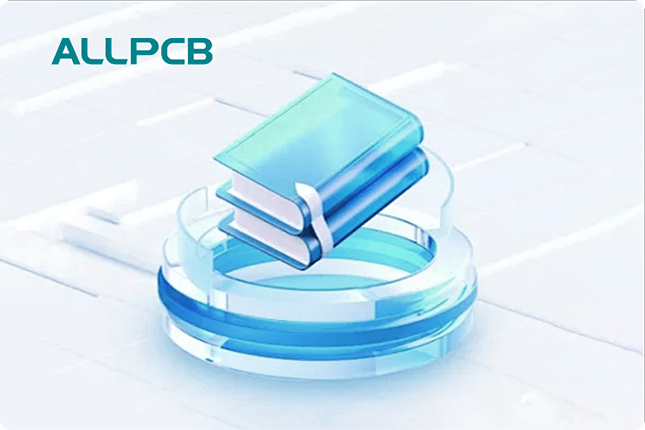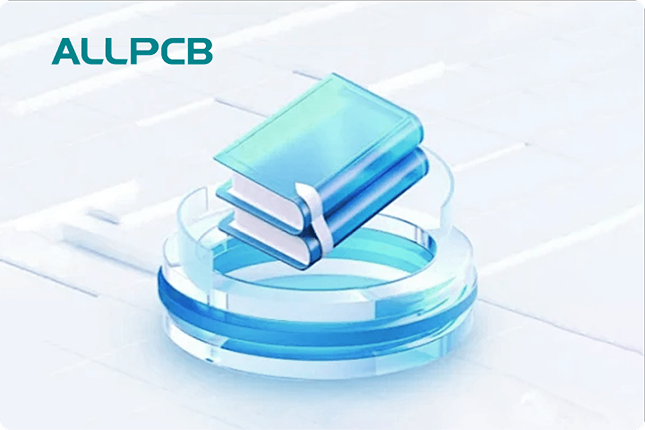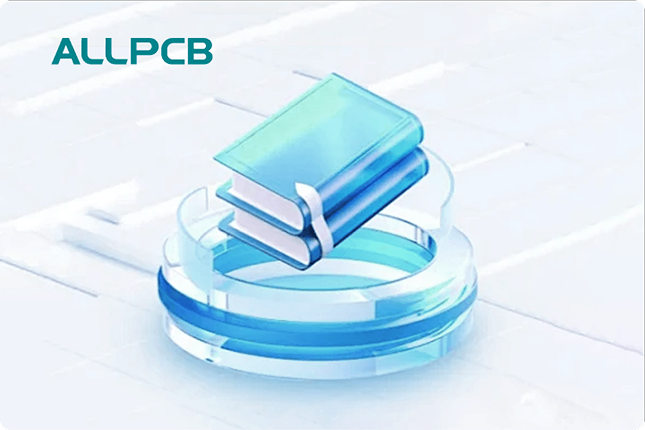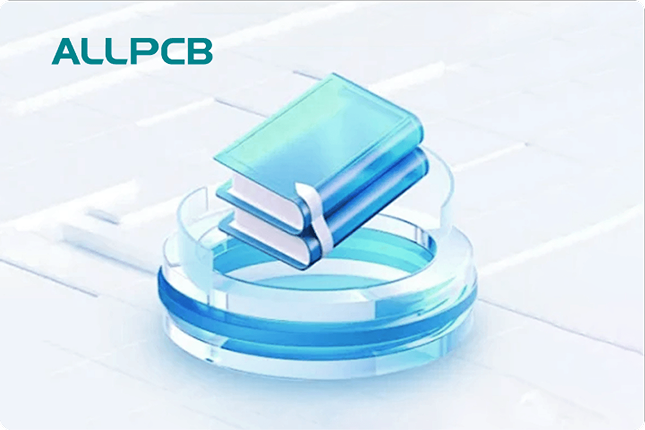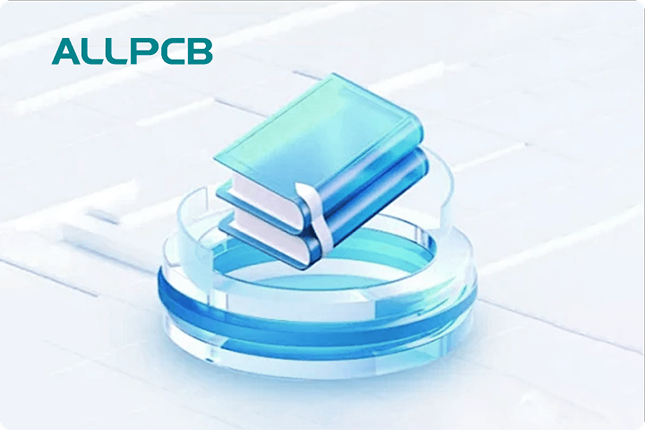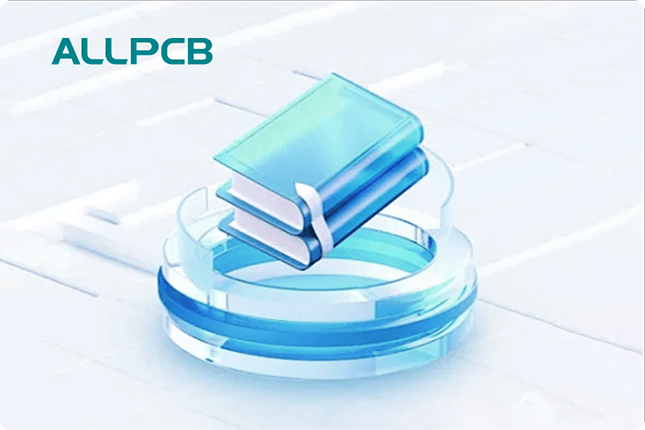If you're deciding between Immersion Tin and HASL for your PCB surface finish, you're likely weighing factors like cost, solderability, and suitability for your design. In short, HASL (Hot Air Solder Leveling) is a cost-effective, widely used finish ideal for general-purpose projects with excellent solderability, but it may not suit fine-pitch components due to uneven surfaces. Immersion Tin, on the other hand, offers a flat, uniform finish perfect for fine-pitch and SMT (Surface Mount Technology) applications, though it has a shorter shelf life and can be prone to whisker growth. This blog dives deep into a detailed comparison of these two finishes, exploring their advantages, disadvantages, and best use cases to help you make an informed choice for your PCB design.
What Are PCB Surface Finishes and Why Do They Matter?
A PCB surface finish is a protective coating applied to the exposed copper traces of a printed circuit board. Its primary role is to prevent oxidation of the copper, which can degrade electrical performance, while also ensuring good solderability for component attachment during assembly. The right surface finish can impact the durability, reliability, and cost of your PCB, making it a critical decision in the design process.
Choosing between finishes like Immersion Tin and HASL involves understanding your project's specific needs, such as the type of components, environmental conditions, and budget constraints. A poor choice could lead to issues like weak solder joints or premature board failure. Let's explore these two popular options to see how they stack up in a detailed PCB surface finish comparison.
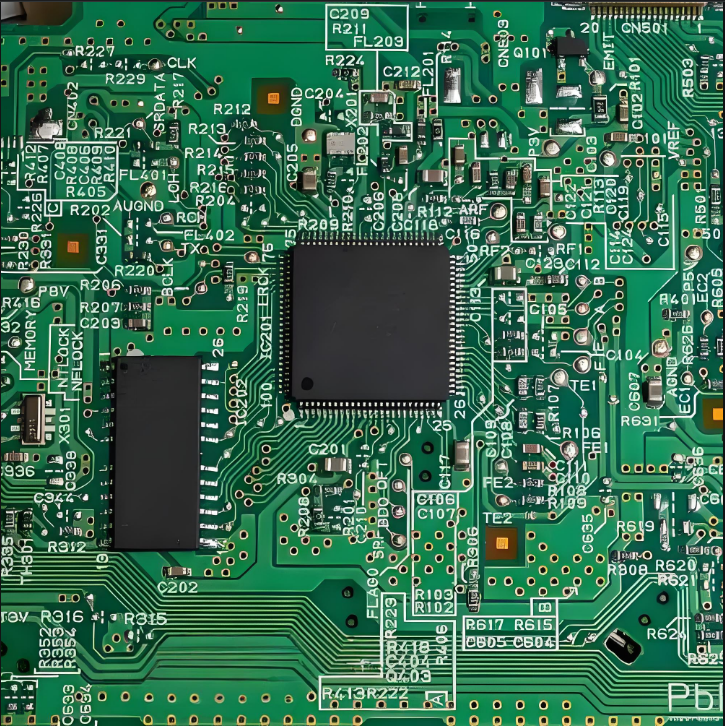
Understanding HASL: Hot Air Solder Leveling
HASL, or Hot Air Solder Leveling, is one of the oldest and most common surface finishes in PCB manufacturing. In this process, the PCB is dipped into a bath of molten solder (typically a tin-lead alloy or lead-free alternative), and excess solder is removed using hot air knives. This leaves a thin layer of solder covering the copper traces, protecting them from oxidation.
HASL Advantages
- Cost-Effective: HASL is one of the most affordable surface finishes available, often costing 20-30% less than alternatives like Immersion Tin or ENIG (Electroless Nickel Immersion Gold). This makes it a go-to choice for budget-conscious projects.
- Excellent Solderability: The solder coating ensures strong, reliable solder joints during assembly, reducing the risk of cold solder joints or poor connections.
- Wide Availability: Due to its long history and widespread use, HASL is supported by nearly all PCB manufacturers, with both leaded and lead-free options to comply with RoHS regulations.
- Durable for Rework: HASL-finished boards can withstand multiple soldering and desoldering cycles without significant degradation, making it ideal for prototypes or designs requiring frequent adjustments.
HASL Disadvantages
- Uneven Surface: The hot air leveling process can result in an uneven solder layer, with thickness variations of up to 50-100 micrometers. This can cause issues when placing fine-pitch components (below 0.5mm pitch), as the unevenness may lead to misalignment or poor contact.
- Not Ideal for SMT: Surface Mount Technology (SMT) components, especially those with tight tolerances, may not sit properly on an HASL finish due to the inconsistent surface flatness.
- Thermal Stress: The high temperatures involved in the HASL process (around 260°C for lead-free solder) can introduce thermal stress to the PCB, potentially causing warping or delamination in thinner boards (below 0.8mm thickness).
Understanding Immersion Tin: A Modern Alternative
Immersion Tin is a chemical deposition process where a thin layer of tin (typically 0.8-1.2 micrometers) is applied to the copper traces through a chemical reaction. Unlike HASL, it doesn't involve high temperatures or molten solder, resulting in a much flatter and more uniform finish. This makes it a popular choice for modern PCB designs with smaller components.
Immersion Tin Advantages
- Flat and Uniform Surface: Immersion Tin provides a consistent layer with thickness variations of less than 0.2 micrometers, making it ideal for fine-pitch components (down to 0.3mm pitch) and SMT applications.
- Good for High-Density Designs: The smooth finish supports high-density interconnect (HDI) designs, where precise component placement is critical for signal integrity and performance.
- Lead-Free Compliance: Immersion Tin is inherently lead-free, aligning with environmental regulations like RoHS without requiring additional process adjustments.
- Cost-Moderate: While more expensive than HASL (often 10-20% higher), Immersion Tin is still more affordable than premium finishes like ENIG, striking a balance between cost and performance.
Immersion Tin Disadvantages
- Shorter Shelf Life: Immersion Tin has a shelf life of about 6-12 months under ideal storage conditions. Beyond this, the tin layer can oxidize or degrade, reducing solderability. For comparison, HASL can remain viable for up to 24 months.
- Tin Whisker Risk: Over time, Immersion Tin can develop tin whiskers—tiny, hair-like growths of tin that can cause short circuits. Studies suggest a whisker growth risk of up to 5% in high-humidity environments after 2-3 years.
- Limited Reworkability: The thin tin layer can dissolve into the solder during multiple rework cycles, exposing the underlying copper and risking oxidation or weak joints.
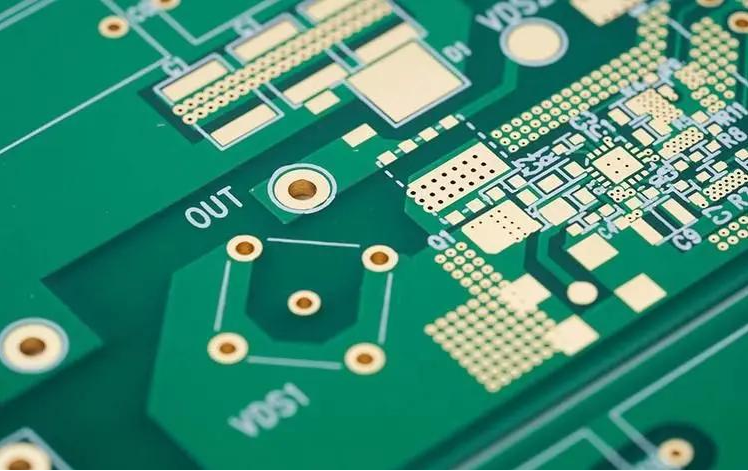
Immersion Tin vs. HASL: A Side-by-Side PCB Surface Finish Comparison
To help you decide which finish suits your project, let’s compare Immersion Tin and HASL across key criteria often considered in PCB design.
| Criteria | HASL | Immersion Tin |
|---|---|---|
| Cost | Lowest cost, often 20-30% cheaper than alternatives. | Moderately priced, about 10-20% more than HASL. |
| Surface Flatness | Uneven, with variations up to 50-100 micrometers. | Very flat, with variations under 0.2 micrometers. |
| Solderability | Excellent, due to pre-applied solder layer. | Good initially, but degrades after 6-12 months. |
| Shelf Life | Long, up to 24 months with proper storage. | Shorter, typically 6-12 months. |
| Fine-Pitch Compatibility | Poor, struggles with pitches below 0.5mm. | Excellent, supports pitches down to 0.3mm. |
| Reworkability | High, withstands multiple cycles. | Low, thin layer wears out after rework. |
| Risk Factors | Thermal stress during process. | Tin whiskers and oxidation over time. |
This comparison highlights that HASL excels in cost and durability for simpler designs, while Immersion Tin shines in applications requiring precision and flatness.
Which Surface Finish Should You Choose for Your PCB Design?
Selecting between Immersion Tin and HASL depends on the specific requirements of your project. Here are some scenarios to guide your decision:
Choose HASL If:
- Your project is cost-sensitive, and you're working with a tight budget.
- You're designing a prototype or a board that may need frequent rework or modifications.
- Your design uses through-hole components or larger SMT parts with pitches above 0.5mm, where surface flatness isn't critical.
- Long shelf life is important, especially if the boards won't be assembled immediately.
Example: A hobbyist building a simple LED control circuit with through-hole components might opt for HASL. The cost savings (potentially $1-2 per board for small batches) and ease of soldering make it a practical choice, even if the surface isn't perfectly flat.
Choose Immersion Tin If:
- Your design includes fine-pitch components or high-density layouts requiring precise placement.
- You're working on SMT-heavy designs where a flat surface is essential for reliable assembly.
- Lead-free compliance is a priority, and you prefer a finish without additional processing steps.
- The boards will be assembled within a few months, minimizing shelf-life concerns.
Example: A company developing a compact IoT device with a 0.4mm pitch BGA (Ball Grid Array) chip would benefit from Immersion Tin. The uniform finish ensures proper alignment and contact, reducing the risk of assembly defects by up to 15% compared to HASL in such applications.
Additional Considerations for PCB Surface Finish Selection
Beyond the direct comparison of Immersion Tin vs. HASL, consider these factors when finalizing your choice:
- Environmental Conditions: If your PCB will operate in high-humidity or temperature-fluctuating environments, Immersion Tin's risk of tin whiskers (up to 5% likelihood after 2 years) might be a concern. HASL, with its thicker coating, offers better resistance to such conditions.
- Signal Integrity: For high-frequency designs (above 1 GHz), surface finish can subtly affect impedance. HASL's uneven surface might introduce minor signal reflection issues, while Immersion Tin's flatness helps maintain consistent impedance values (e.g., within ±5 ohms of target).
- Assembly Timeline: If your project involves long delays between fabrication and assembly, HASL's longer shelf life (up to 24 months vs. 12 months for Immersion Tin) could prevent solderability issues.
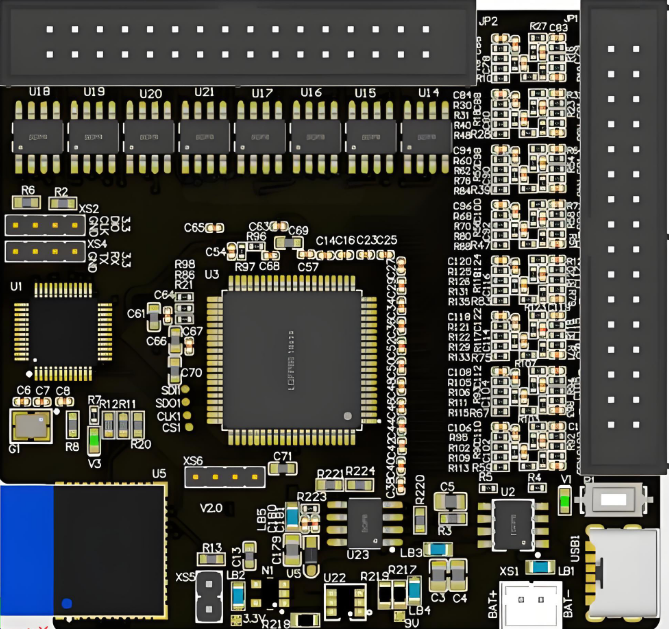
Conclusion: Making the Right Choice for Your Project
Both Immersion Tin and HASL offer distinct benefits and challenges as PCB surface finishes. HASL stands out for its affordability, excellent solderability, and suitability for simpler or prototype designs, despite its uneven surface and limitations with fine-pitch components. Immersion Tin, with its smooth, uniform finish, is better suited for modern, high-density designs, though it comes with a shorter shelf life and potential long-term risks like tin whiskers.
Ultimately, your choice should align with your project's specific needs, balancing factors like budget, component types, and assembly timelines. By understanding the strengths and weaknesses of each finish through this PCB surface finish comparison, you can ensure optimal performance and reliability for your design. Whether you're prioritizing cost with HASL or precision with Immersion Tin, making an informed decision will save you time and resources in the long run.
At ALLPCB, we’re committed to helping you navigate these choices with expert guidance and high-quality manufacturing solutions tailored to your requirements. Dive into your next project with confidence, knowing you’ve selected the right surface finish for success.
 ALLPCB
ALLPCB


